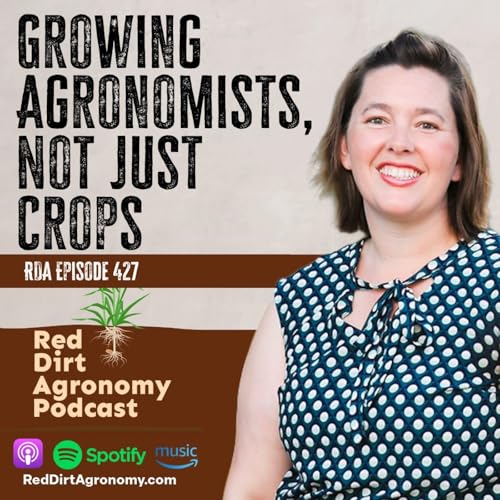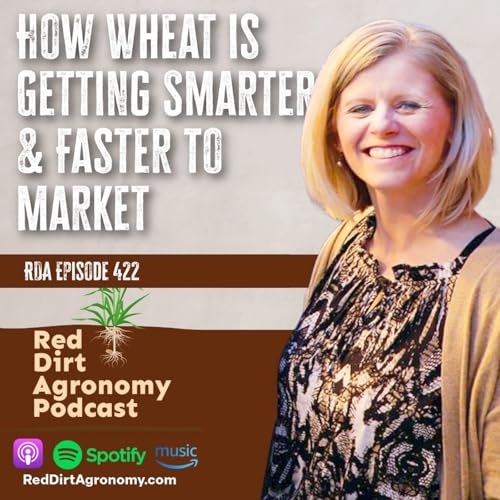Water is life—especially in the Oklahoma Panhandle. In this episode, the Red Dirt Agronomy team welcomes Dr. Sumit Sharma, OSU Extension’s irrigation specialist, for a wide-ranging discussion on how producers can stretch every drop.
From pre-watering to planting decisions, Sharma explains how irrigation science is helping producers navigate declining well capacities and unpredictable weather while maintaining strong yields.
The conversation also explores cotton and corn management, growing degree days, and the future of sustainable production in Oklahoma’s High Plains.
With insights on new technologies, the Master Irrigators program, and the resilience of prairie systems, this episode offers both practical advice and a hopeful look at how farmers can adapt without giving up on the land they love.
10 Takeaways
- Efficient irrigation is key to sustaining Oklahoma Panhandle agriculture as wells decline.
- Cotton can thrive with as little as 14 inches of irrigation when managed correctly.
- Elevation impacts growing degree days, influencing which crops succeed.
- Pre-watering is vital for establishing crops and managing weeds in sandy soils.
- Short-maturity cotton varieties may improve harvest success before early freezes.
- Data and technology (like soil moisture sensors) are transforming irrigation decisions.
- Regenerative ag and cover crops are helping improve soil health under limited irrigation.
- Pasture restoration is a long-term solution for lands losing water capacity.
- The Master Irrigators Program offers farmers education, audits, and financial incentives to conserve water.
- The Panhandle’s resilience—both ecological and cultural—shows that adaptation is possible even in drought-prone areas.
Timestamped Rundown
00:00–01:00 – Dave Deken opens Episode 426; sets up discussion on irrigation and underground water.
01:00–03:00 – Introductions: Dr. Brian Arnall, Dr. Josh Lofton, Dr. Raedan Sharry; light humor about breakfast and fieldwork.
03:30–05:00 – Dr. Sharma joins; recap of his background and move from the Panhandle to Stillwater.
05:00–07:00 – Overview of ongoing research: growing corn with limited water, regenerative agriculture, and cotton-water studies.
07:00–10:00 – Explanation of growing degree days (GDDs) and how elevation affects crop heat units in Oklahoma.
10:00–13:00 – Cotton challenges in high elevation areas; water use comparisons between cotton and corn.
13:00–17:00 – Discussion on cotton irrigation timing—why early stress can help root growth.
17:00–21:00 – Cotton varieties (Phytogen 205 vs. 411); balancing short vs. long maturity crops.
21:00–25:00 – GDD model reliability questioned; differences between Panhandle and southern climates.
25:00–29:00 – Deep dive on “pre-watering” in the Panhandle: how much, why, and when.
29:00–32:00 – Millet research and unexpected challenges (birds, pigweed, herbicide limits).
32:00–35:00 – Discussion on drought, soil loss, and reestablishing pasture for sustainability.
35:00–39:00 – Dr. Sharma details the Master Irrigators Program: training, incentives, and upcoming sessions in Altus.
39:00–40:30 – Closing remarks and links to RedDirtAgronomy.com.
RedDirtAgronomy.com
 Nov 19 202537 m
Nov 19 202537 m 41 m
41 m 38 m
38 m 42 m
42 m 25 m
25 m 33 m
33 m 31 m
31 m 30 m
30 m
